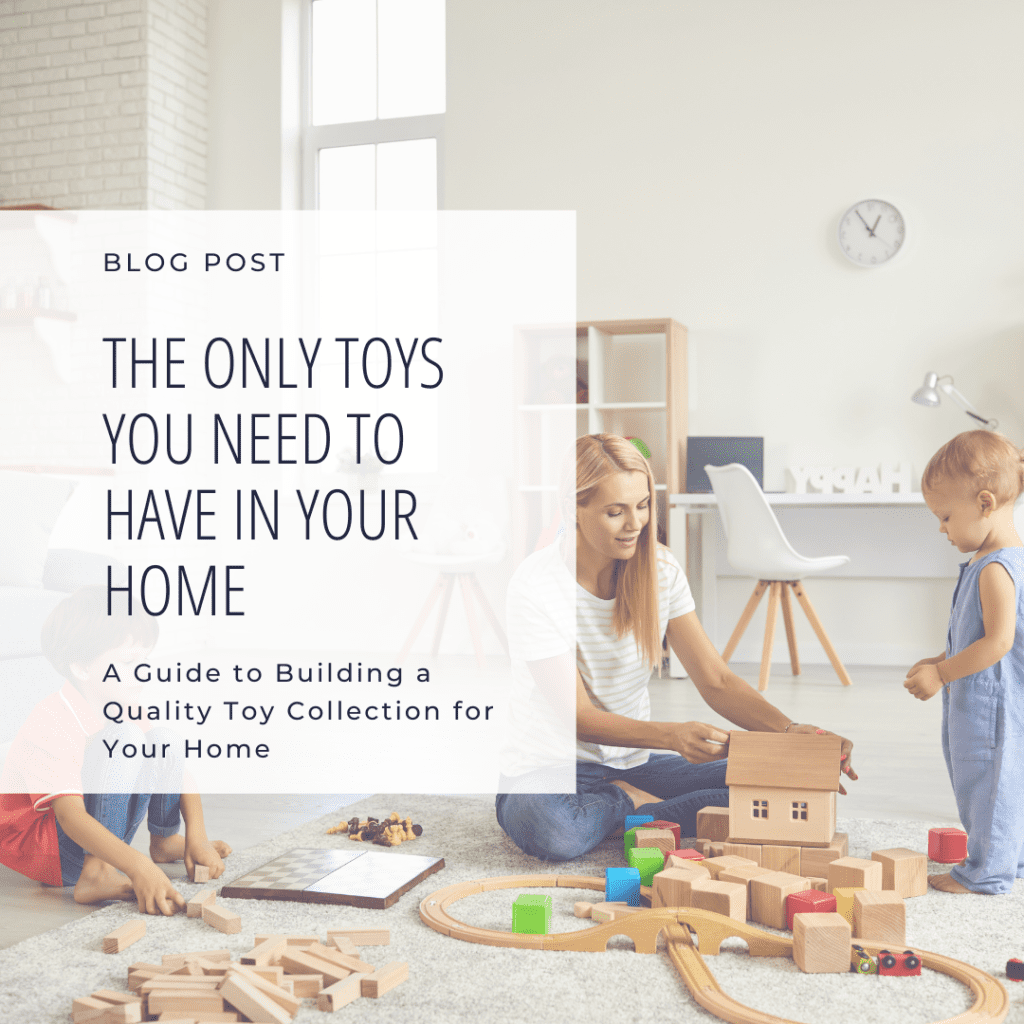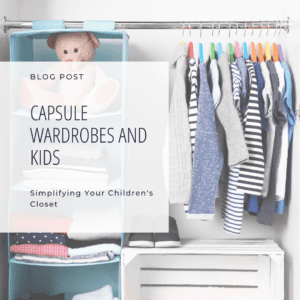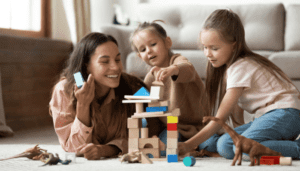 As parents and caregivers, we want to provide the best for our children, and that includes their playtime. However, with so many toys on the market, it can be overwhelming to decide which ones are worth investing in for our children’s development and enjoyment. In this blog post, we’ll be discussing the only types of toys you need to have in your home to ensure a well-rounded and stimulating play experience for your child without overwhelming them. Keep in mind, that less is definitely more when it comes to toys and its been shown that kids play longer and deeper with fewer options.
As parents and caregivers, we want to provide the best for our children, and that includes their playtime. However, with so many toys on the market, it can be overwhelming to decide which ones are worth investing in for our children’s development and enjoyment. In this blog post, we’ll be discussing the only types of toys you need to have in your home to ensure a well-rounded and stimulating play experience for your child without overwhelming them. Keep in mind, that less is definitely more when it comes to toys and its been shown that kids play longer and deeper with fewer options.
Best Types of Toys
- Active toys: encourage large movements of the body. Besides burning off energy and developing gross motor skills, research shows that activity is also really good for learning. Think bikes, scooters, yoga hammock, trampolines, swings etc.
- Blocks: offer opportunities for play and learning at any age: strengthening spatial and motor skills, hand-eye coordination, structural concepts and just the joy of knocking them down. And they integrate with all kinds of other toys and play to become garages for toy cars, forts and hideouts for action figures or as part of a Rube Goldberg machine, just to name a few examples. Think Classic Legos (not kits), Magna-Tiles, wooden blocks etc.
- Balls: are the basis for so many sports and games and every child should have at least one (a few in different sizes, weights and textures if you can). Very young children can grasp small ones, then crawl after them as they roll, eventually learning to bounce, throw and catch them.
- Dolls or Stuffed Animals: Not only can dolls and stuffed animals be companions for children, they are good tools for helping young children express emotions, practice nurturing and empathy and role playing.
- Small Figures: wood or plastic, small figures of people and animals allow kids to act out social scenes and important themes in their lives leading to many different games and kinds of play. “Little People”, Schleich animals, and the like can all play together in pretend farm, forest, beach and city landscapes. They can ride in cars, live in dollhouses, hide out in block forts, fight each other, heal each other, become families and friends in the universe of your child’s imagination. These small figures can quickly grow out of hand so limit the amount to a certain number or whatever fits in a small bin.
- Cars and Vehicles: Playing with toy vehicles improves hand dexterity, teaches about cause and effect and opens up so many possibilities for imaginative play. Vehicle toys add great pretend play possibilities when paired with small figures. Toss some trucks into the sandbox or draw your own set of streets on a big piece of cardboard.
- Pretend play: allows kids to experiment with the different social and emotional experiences of life. It enables kids to “walk in someone else’s shoes,” which builds imagination, curiosity, understanding, and empathy.
- Dress Up Clothes: You don’t have to buy tiny costumes for your kids (unless that’s what they love – go for it), scarves, costume jewelry, old hats are all fun for kids to try on and incorporate into open-ended imaginative play. Open ended (i.e. blue dress rather than Cinderella gown) is better than specific characters leading to better imaginative play.
- Role Playing Toys: Similar to dress up clothes, kids love to “play grown up” and role play. Take cues from your child about what they’re interested in and consider play food or a play kitchen, a dollhouse, play tools, a play doctor’s kit, spy gadgets, etc.
- Sensory toys: like water, kinetic sand, slime, playdough, rice, pebbles, beans, and pasta stimulate one or more senses — typically sight, sound, and touch. For these kinds of sensory toys, it’s helpful to have a bin or rimmed tray, a baking tray borrowed from the kitchen is perfect! A few simple household tools like scoops, measuring cups, a muffin tin, ice cube tray, or wooden playdough tools will add to the fun.
- Musical Instruments: Kids are naturally drawn to music – music they hear or music they make. Simple instruments like egg shakers and drums will go a long way and get your kids participating in music. Avoid battery powered instruments.
- Puzzles & games: Working on puzzles improves fine motor skills and gives the brain a workout as kids develop problem solving skills, increase spatial awareness and experience the satisfaction of solving the puzzle. Games are great for building memory retention, social skills, and strengthening bonds between friends and family members. Keep to a few at an age appropriate level.
- Art Supplies: are great open-ended toys for all kids, from toddlers to teens. Even if you don’t have room for a dedicated art station for your child, have age-appropriate supplies like crayons, paint, paper, tape, and glue in a place they can access. Set aside cardboard boxes or other safe recycling materials and see what they can create.
- Books: stimulate the imagination, inspire pretend play, and can be enjoyed by kids of various ages. Choose books that everyone enjoys reading together and can be revisited again and again. A great way to simplify your book collection is to borrow books from your local library rather than buying them.
When choosing toys for your child, it’s important to keep in mind their age and interests, and to limit the number of toys to an appropriate level. With the above-mentioned toy options, children can have endless fun while also learning and growing. Remember, less is more when it comes to toys and a quality toy collection is all your child needs for a well-rounded and stimulating play experience. All this being said not much compares to cardboard boxes, sticks, and balloons for ultimate play!
Happy Decluttering!
– Ashley
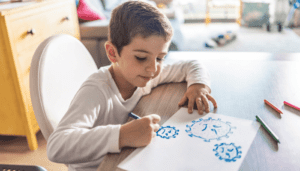
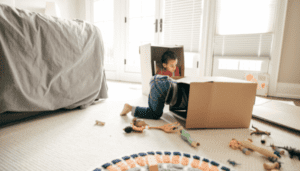
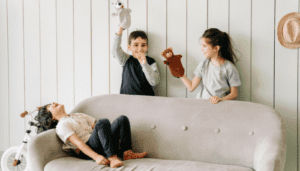
If you would like to explore working with me, book a FREE consult today!
![[Original size] LOGOS (300 × 100 px) (3) Un-Cluttered Home Organizing Logo](https://un-cluttered.ca/wp-content/uploads/elementor/thumbs/Original-size-LOGOS-300-×-100-px-3-q1mqw15si8jll5pmkk2tyuakxicxq389tn03msoy5k.png)
